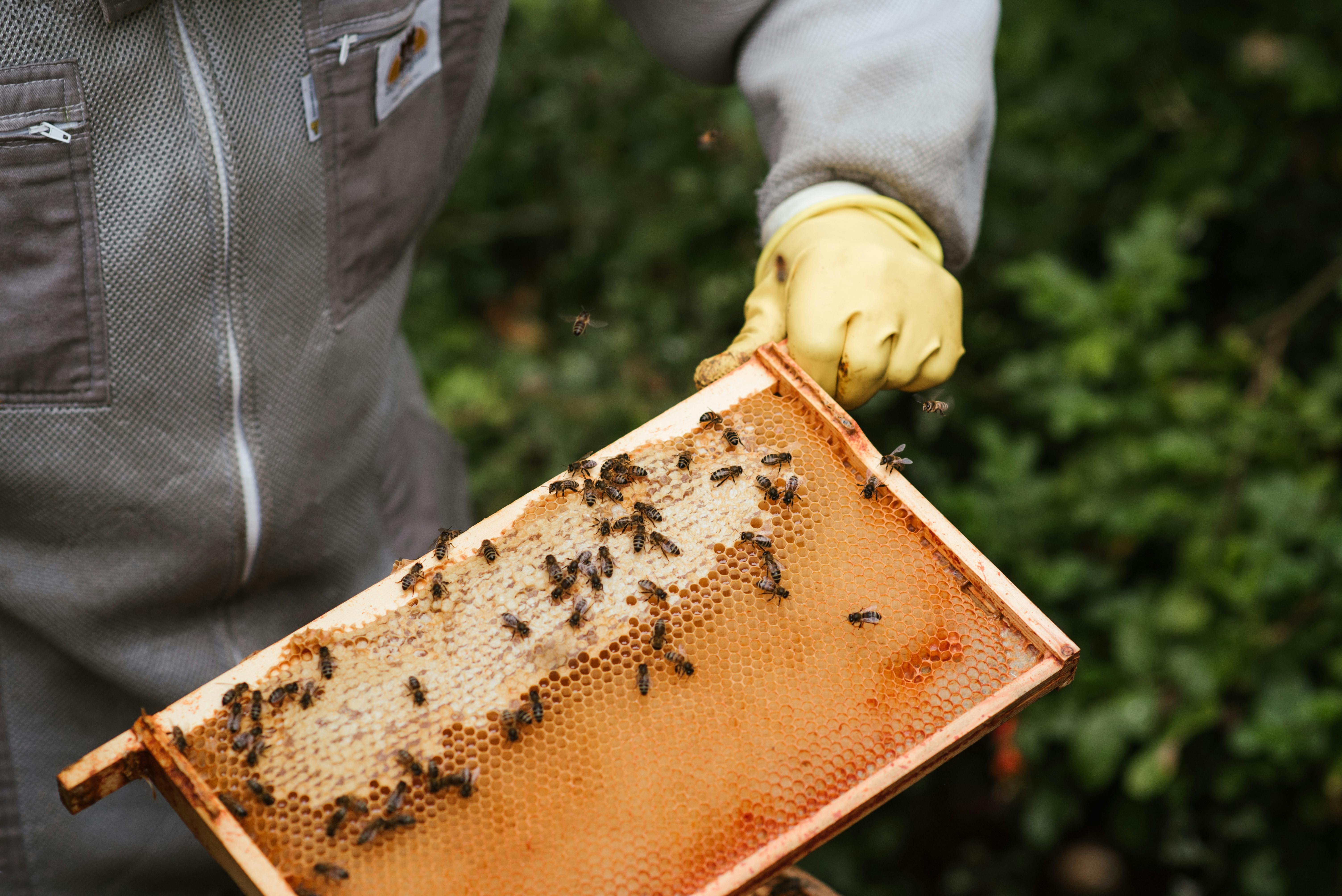
Real Life Pokémon: The Mythological History of Animals
Animals and storytelling have been a part of human culture since Homo Sapiens was born. Living in a world full of majestic creatures that we hunt for food, skin for clothing, and keep as pets has influenced our lives in powerful ways: religion, politics, and even war.
From the sacred Egyptian cats to the sacred cows of Hinduism, animals represent more than biological life forms, they are intertwined in all aspects of our culture. Pokémon tap into this deep-seated psyche by extending the powers animals have, and thus their usefulness in human society.
Created by Satoshi Tajiri and Ken Sugimori, Pokémon (originally called “Pocket Monsters”) was adapted from real-life animals in the early 1990s. In the original video game, the player must capture Pokémon using specially designed Poke Balls and use them to battle fictional competitors, collecting various special badges with each defeat. Pokémon taps into our human instincts for companionship, competition, and travel. As a result, Pokémon became one of the biggest trends in pop culture throughout the ’90s.
Millennials grew up playing Pokémon video games, watching their cartoons, and playing their card games. As technology advanced, Nintendo, which publishes Pokémon, upgraded versions of video games to play on advanced hardware. As smart technologies advanced, Niantic, a San Francisco software company that specializes in augmented reality, worked to create one of the most successful smartphone apps in history: Pokémon Go. Harnessing the public’s nostalgia for this cultural phenomenon, combined with new technology, Pokémon Go allows users to catch their own Pokémon in their community through their smartphone.
Although Pokemon Go integrates novel technology to create a fundamentally unique experience for users, it has more than just software to thank for its success. At the core of its appeal to consumers is its connection to human psychology. Humans have always had an affinity for animals because they have shared our spaces since the development of our species. This is why our ancestors told stories and created mythologies around animals and the symbols they represent.
If we skim through history, we will discover countless interactions between humans and animals, and stories based on them that conveyed important cultural messages. For example, lions represent authority, power, and dominance; lambs and snakes are often symbolized in religious texts, and eagles are seen as heralds of freedom.
One culture that was particularly influenced by animals was ancient Greece, which based much of its religion on mythological creatures. One of the most famous storytellers of ancient Greece named Aesop was famous for incorporating animals into anecdotes about him that were used to convey important moral stories. These were used by politicians, religious leaders, and teachers to explain life lessons to audiences in easy-to-understand ways.
Aesop relied heavily on the application of archetypes, which is a significant symbol or motif. Examples of archetypes include a mouse that represents weakness and a turtle that represents languor. Aesop used motifs to express certain virtues or vices. An example of an Aesop fable is the tale of The Fox and the Crow, which can be found at AesopsFable.com, and can be viewed on YouTube: Timeless Tales: The Fox and the Crow. https://www.youtube.com/watch?v=hACpLj0_EiA
A fox is awakened by a raven that has landed on a branch above, with a piece of cheese in its beak.
Timeless Tales: The Fox and the Raven
“Oh, Miss Raven! How great is the morning with her beauty! How beautiful and bright are her feathers? And those eyes, like shining reflections of her soul. What a beautiful voice she must have, beyond all other birds in the forest. Please can I listen to just one song to prove that you really are the queen of all birds?
The Raven, softened by Fox’s compliments, lets out a loud “Cow!” However, as soon as he opens his mouth, the cheese falls to the ground, allowing Fox to swallow the morsel.
With a giggle, he says, “Miss Crow, in exchange for your cheese, I’ll give you some advice: never trust a sycophant.”
From the sixth century a. C., when Aesop lived, thousands of fables have been attributed to his name throughout the world. From England to India, Aesop’s fables are used to instill values or warn children and adults alike of vices. The Fox and The Crow is just one example of the many unique, funny and thought-provoking fables that use animals as symbols to convey a message in an entertaining way. This tradition has carried over into our culture today, demonstrated by the resurgence of Pokémon through the augmented reality game, Pokémon Go.
Human evolution and culture is deeply connected to animals, which is why they permeate so many of our myths and stories. For anyone interested in the mythological influences of Pokemon Go, and how animals and stories connect us, you can access thousands of Aesop’s fables at AesopsFable.com, one of the best resources for fables. You can scan their catalog or search for previous versions and iterations of Fables. They even have a growing catalog of narratives, animations, and books available.
One project that AesopsFable.com is developing is its Timeless Tales animation series, which seeks to bring morality fables into the modern age in a fun and engaging way. Timeless Tales seeks to develop the self-esteem of children and adults alike, allowing audiences to think critically about the virtues and vices of human nature, lessons they can apply to their own lives. In modern media, there are few programs that offer opportunities for children to analyze and interpret the world around them from a moral point of view. Timeless Tales hopes to give children insight into the most complex human emotions and values so that they can understand themselves and the world on a deeper level.



